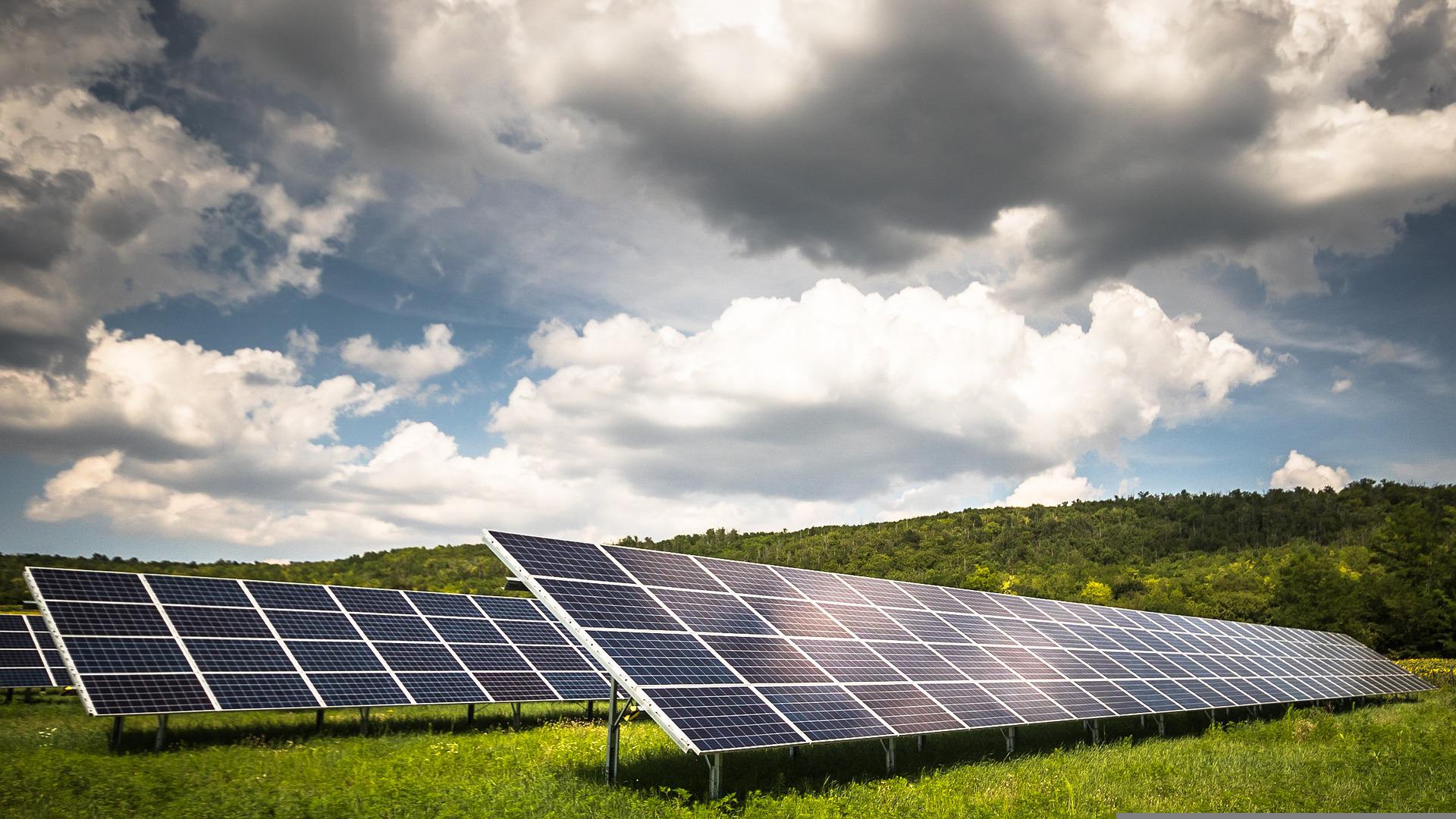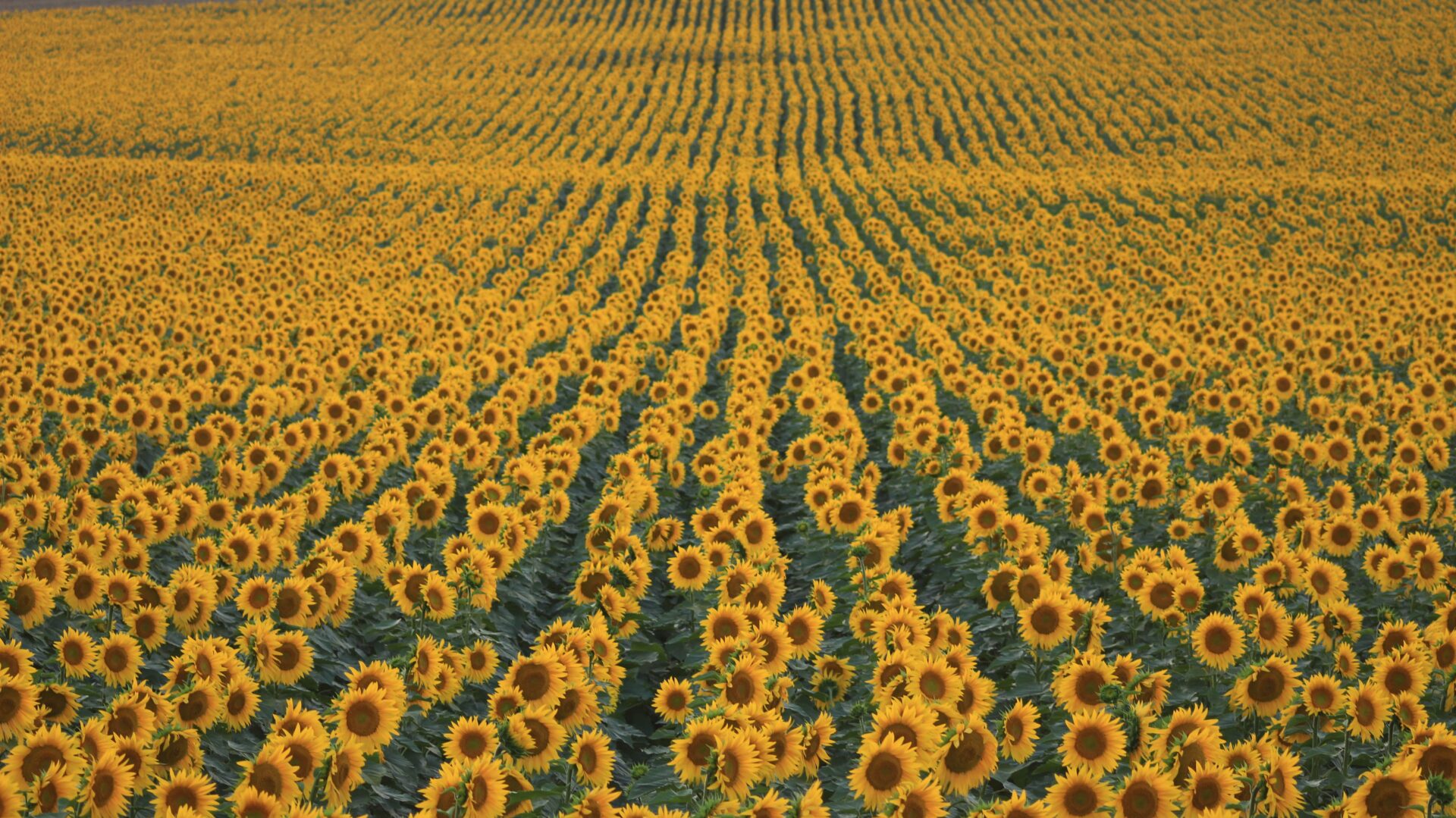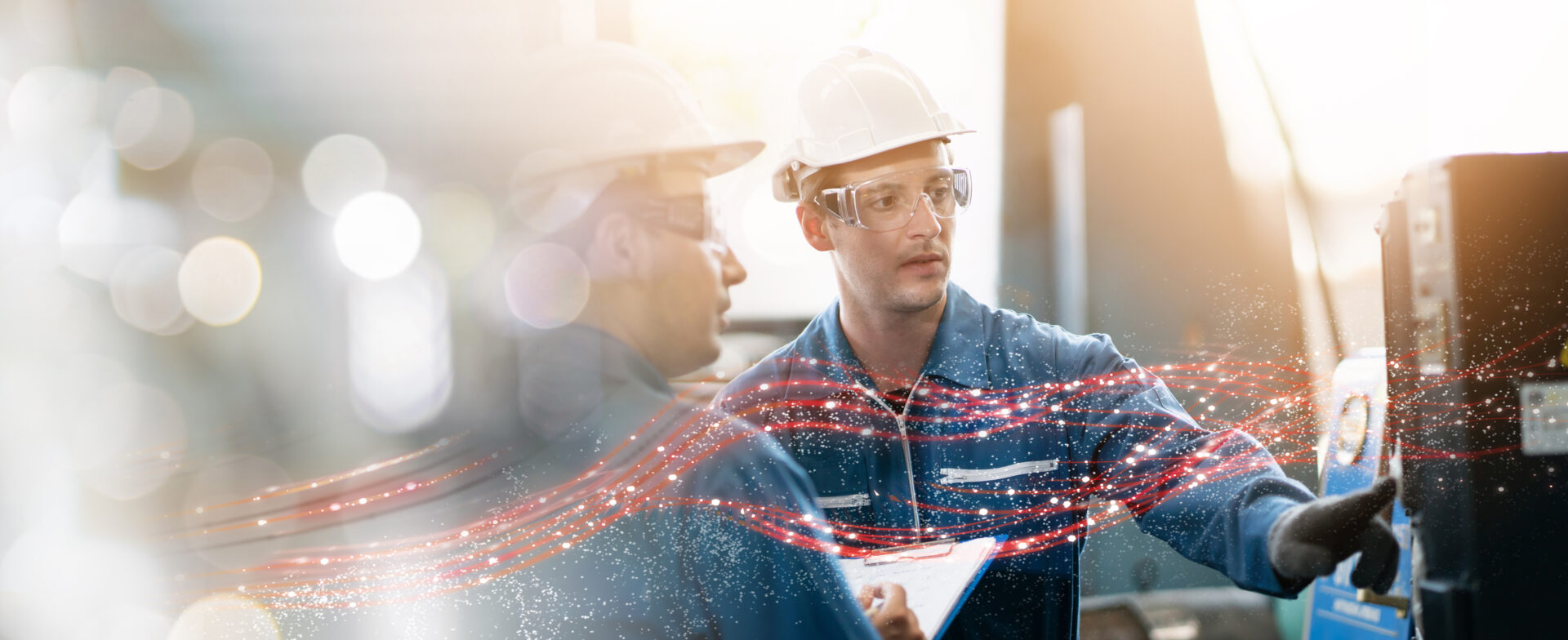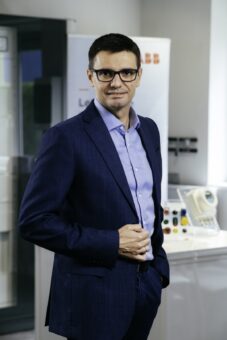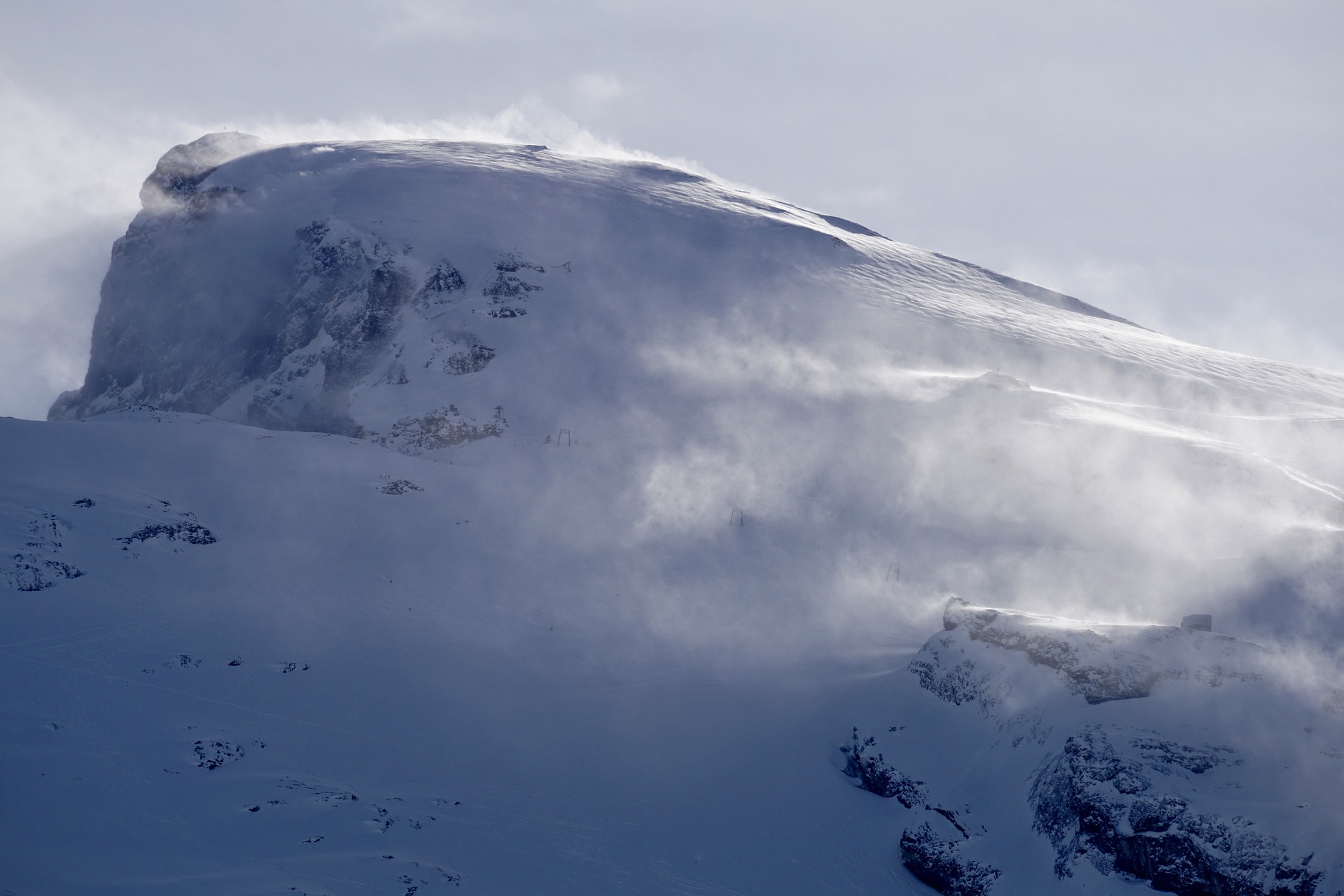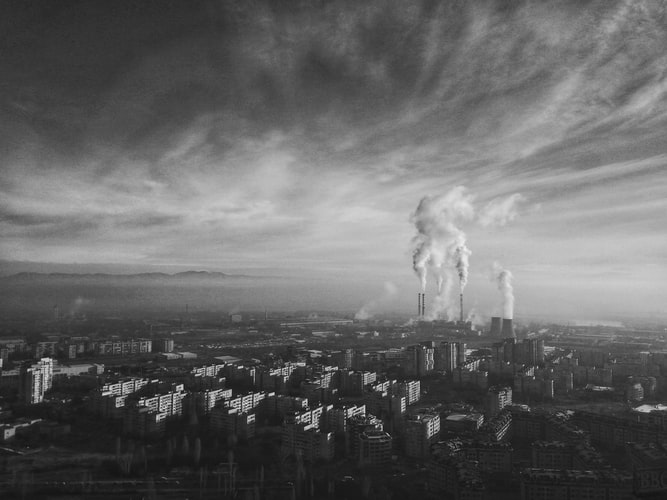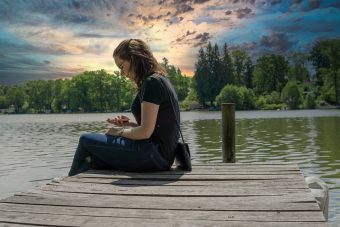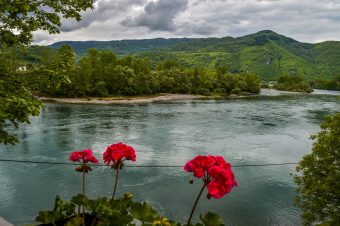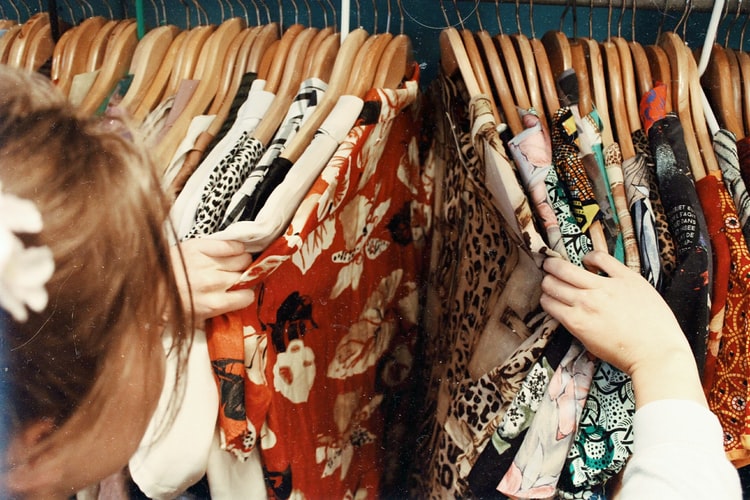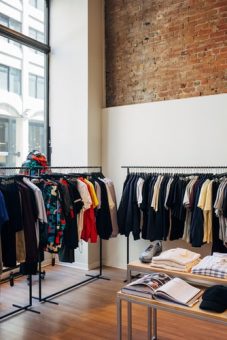
The construction of Serbia’s largest privately-owned bifacial solar power plant on ground is about to begin. The 9,913 MW solar power plant “DeLasol” will be constructed on over 12 hectares in the area of the municipality of Lapovo.
“The building permit was obtained, as well as all other necessary permits. The construction should begin on September 1 this year. Hopefully everything will go according to plan and the solar power plant “DeLasol” will be fully completed by the beginning of March next year”, said Mr. Miloš Kostić, the investor.
This solar power plant will be connected to the Lapovo substation and will produce 15,000 megawatt hours annually.
The construction of the “DeLasol” power plant was entrusted to MT-KOMEX company, which is a leader in the construction of solar power plants in our country. So far, this company has built and delivered equipment for a large number of solar power plants on the ground and on roofs, with a total installed capacity of 60 MW.
According to the investor, 17,980 solar panels will be installed on specially made SONNEN structures.
“The equipment has already started to arrive and soon everything will be ready for the beginning of the solar power plant construction,” Kostić adds.
As he says, he opted for bifacial or double-sided solar panels because they have the ability to collect sun rays that bounce off the ground and produce electricity more efficiently than power plants with monofacial modules.
Milica Radičević


